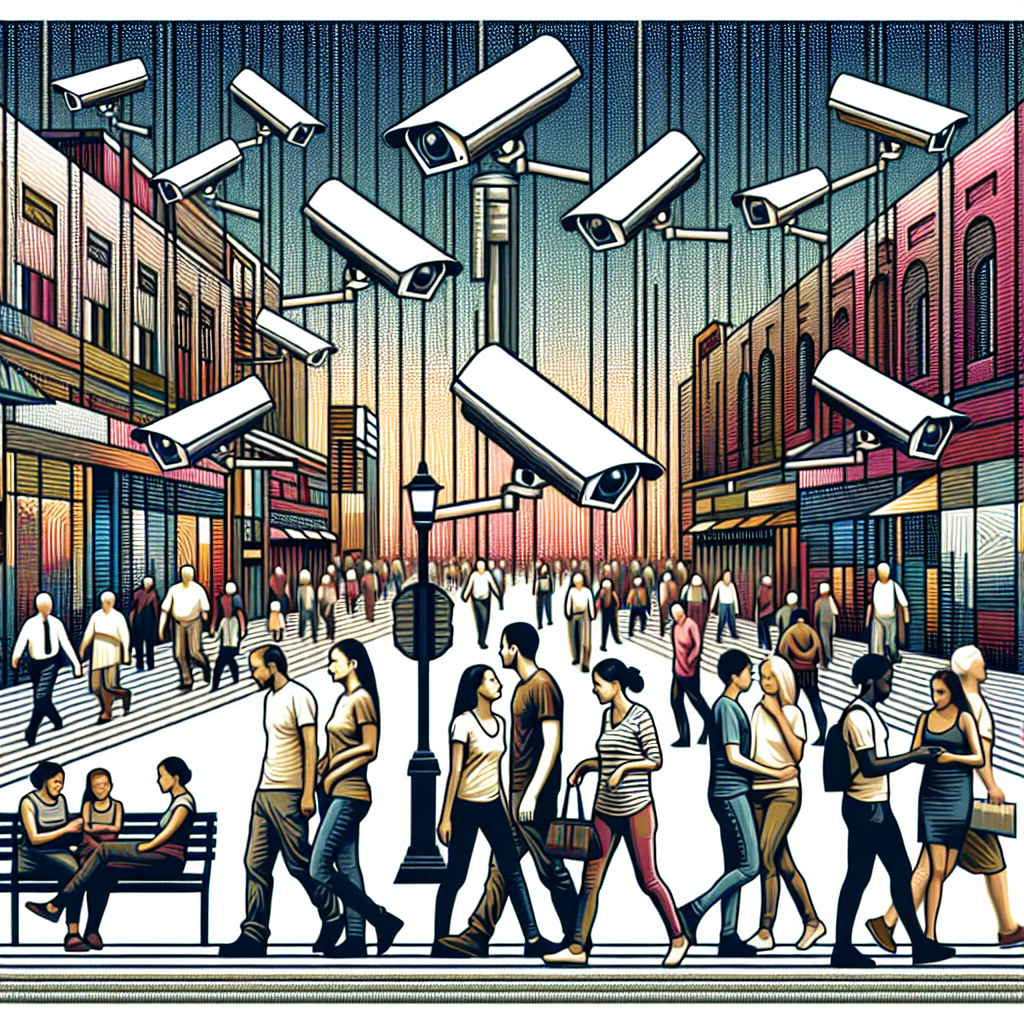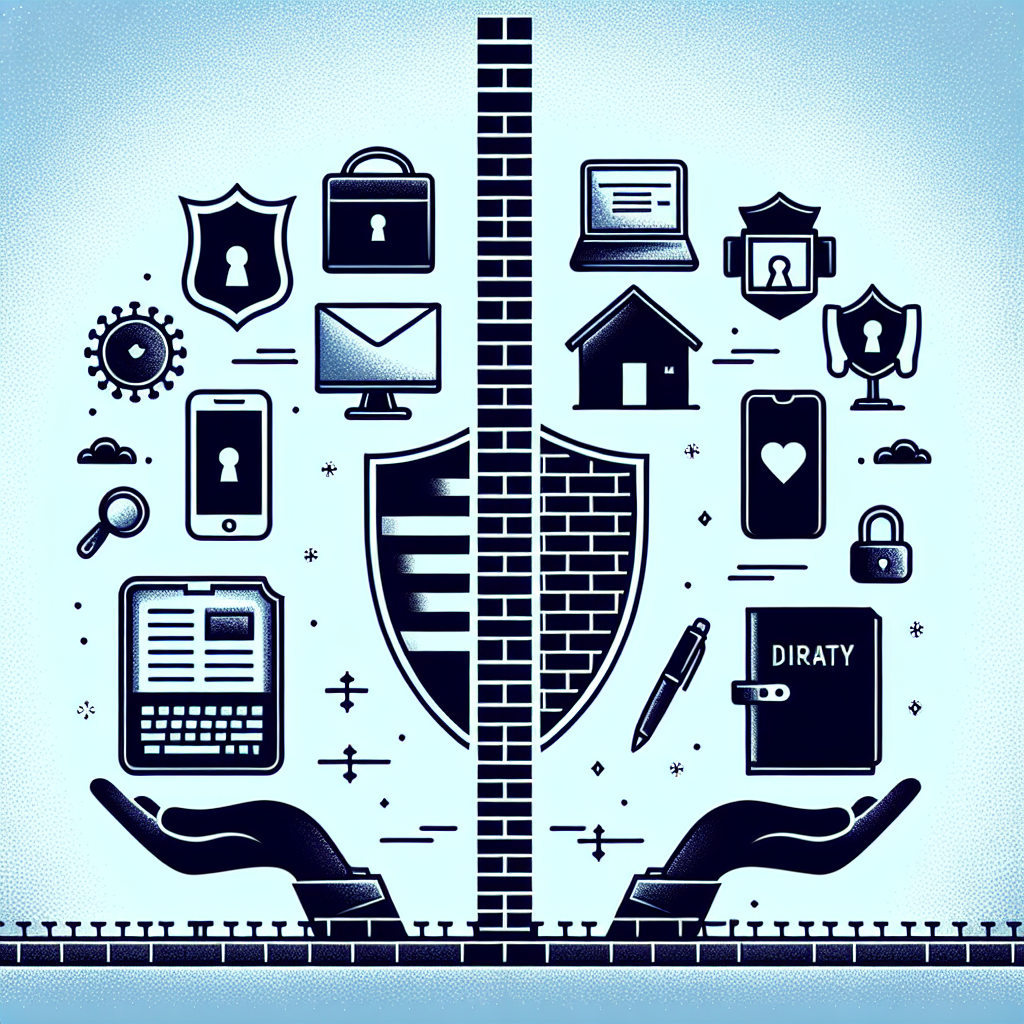Government Surveillance Post-9/11: A New Era of Monitoring
Post-9/11, the landscape of government surveillance in the United States underwent a seismic shift as national security concerns grew paramount. The tragic events of September 11, 2001, led to the introduction of various legislation and initiatives aimed at enhancing the government’s ability to monitor individuals and groups deemed potential threats. This article explores the evolution of government surveillance in the aftermath of 9/11, analyzing key legislation, methods of surveillance, public reactions, and the implications for civil liberties and privacy.
The USA PATRIOT Act and Its Impact
One of the most consequential pieces of legislation passed after 9/11 was the USA PATRIOT Act (Uniting and Strengthening America by Providing Appropriate Tools Required to Intercept and Obstruct Terrorism Act). Signed into law by President George W. Bush in October 2001, this act significantly expanded the government’s surveillance capabilities.
The USA PATRIOT Act enabled authorities to conduct wiretaps, access personal records held by financial institutions, and engage in roving surveillance—all with minimal judicial oversight. Sections 215 and 206 of the law, for instance, allowed the FBI to collect “any tangible things” relevant to an investigation, leading to widespread data collection practices that raised alarms about privacy violations. The act facilitated real-time monitoring of web activity and increased the reach of security agencies into the lives of ordinary citizens.
The Role of the NSA: PRISM and Beyond
The National Security Agency (NSA) became a central figure in the surveillance apparatus established after 9/11. Operations such as PRISM, which was revealed by whistleblower Edward Snowden in 2013, showcased the extent of data collection from major tech companies. Under this program, the NSA gained direct access to user data from companies like Microsoft, Google, and Facebook, eclipsing traditional forms of surveillance with mass data collection.
PRISM’s focus on electronic communications meant that the government could extract emails, instant messages, and files without individual warrants, effectively normalizing mass surveillance. The scope of NSA activities raised significant concerns about the erosion of privacy and the surveillance of innocent individuals without cause.
Technological Advances in Surveillance
The decade following 9/11 also saw rapid technological advances that facilitated an unprecedented level of surveillance. The proliferation of smartphones and the rise of social media transformed the landscape, providing government agencies with new avenues for monitoring. Real-time data analytics, facial recognition technology, and geolocation tracking emerged as critical tools for law enforcement.
Agencies began to leverage these tools not only to combat perceived threats but also to monitor social movements. Protests against government policies, racial injustice, and other forms of dissent became targets for surveillance. This raised ethical questions about the fine line between maintaining national security and infringing on citizens’ rights to free assembly and speech.
The Rise of National Security Letters (NSLs)
Another instrument of post-9/11 surveillance was the use of National Security Letters. NSLs allowed federal agencies, particularly the FBI, to demand the disclosure of personal records from individuals and businesses without a warrant. The need for secrecy rendered individuals unable to challenge these requests publicly, fostering a culture of fear regarding privacy invasion.
Although NSLs were originally designed to fight terrorism, their use often extended to various areas of criminal investigation. The broad application of NSLs, coupled with the lack of accountability, led to concerns about governmental overreach and the potential misuse of power.
Public Response and Legal Challenges
There has been a growing awareness among the public regarding surveillance practices since 9/11. Activist groups, civil liberties organizations, and concerned citizens have pushed back against governmental encroachments on privacy. Legal challenges emerged, resulting in debates over the constitutionality of various surveillance methods.
Cases such as ACLU v. Clapper sought to challenge the legality of NSA’s mass surveillance programs, arguing that they violated the Fourth Amendment. This litigation highlighted the tension between national security imperatives and the protection of civil liberties.
In recent years, there’s also been a call for greater transparency and accountability in surveillance practices. The USA FREEDOM Act, passed in 2015, aimed to reform some aspects of the USA PATRIOT Act by imposing restrictions on bulk data collection, thereby reflecting a response to public outcry over excessive surveillance.
International Perspectives on Post-9/11 Surveillance
The U.S. government is not alone in its increased surveillance capabilities after 9/11. Countries worldwide have adopted similar practices, citing security needs. For instance, the United Kingdom’s Investigatory Powers Act 2016 legitimized mass data retention, raising alarms about civil liberties.
The phenomenon of international surveillance is particularly pertinent in the context of global communications. International cooperation among intelligence agencies has increased, leading to data-sharing agreements that facilitate mass surveillance across borders. The implications of this for privacy rights are vast, as individuals may find their communications monitored even outside their home country.
The Future of Surveillance in a Post-Pandemic World
As technology continues to advance, the future of government surveillance remains a pressing issue. The pandemic has accelerated the adoption of digital communication technologies, with implications for surveillance that are still unfolding. Contact-tracing applications, public health monitoring, and increased digital surveillance during the pandemic may usher in a new era where privacy concerns are even more pronounced.
The introduction of Artificial Intelligence (AI) into surveillance systems raises additional ethical questions. AI can enhance monitoring through pattern recognition and predictive analytics; however, its deployment may also lead to discriminatory practices and unwarranted targeting of specific groups.
Conclusion: Navigating the Balance Between Security and Privacy
The evolution of government surveillance following 9/11 marks a significant shift in the relationship between citizens and the state. As security concerns continue to dominate public discourse, the challenge lies in striking a balance between ensuring public safety and protecting individual privacy rights. The ongoing debate prompts essential questions regarding the boundaries of government power, the role of technology in surveillance, and the rights of citizens in an increasingly monitored world.
SEO Keywords: government surveillance, post-9/11, USA PATRIOT Act, NSA PRISM, National Security Letters, civil liberties, data privacy, surveillance technology, Edward Snowden, USA FREEDOM Act, global surveillance, artificial intelligence in surveillance.













Leave a Reply